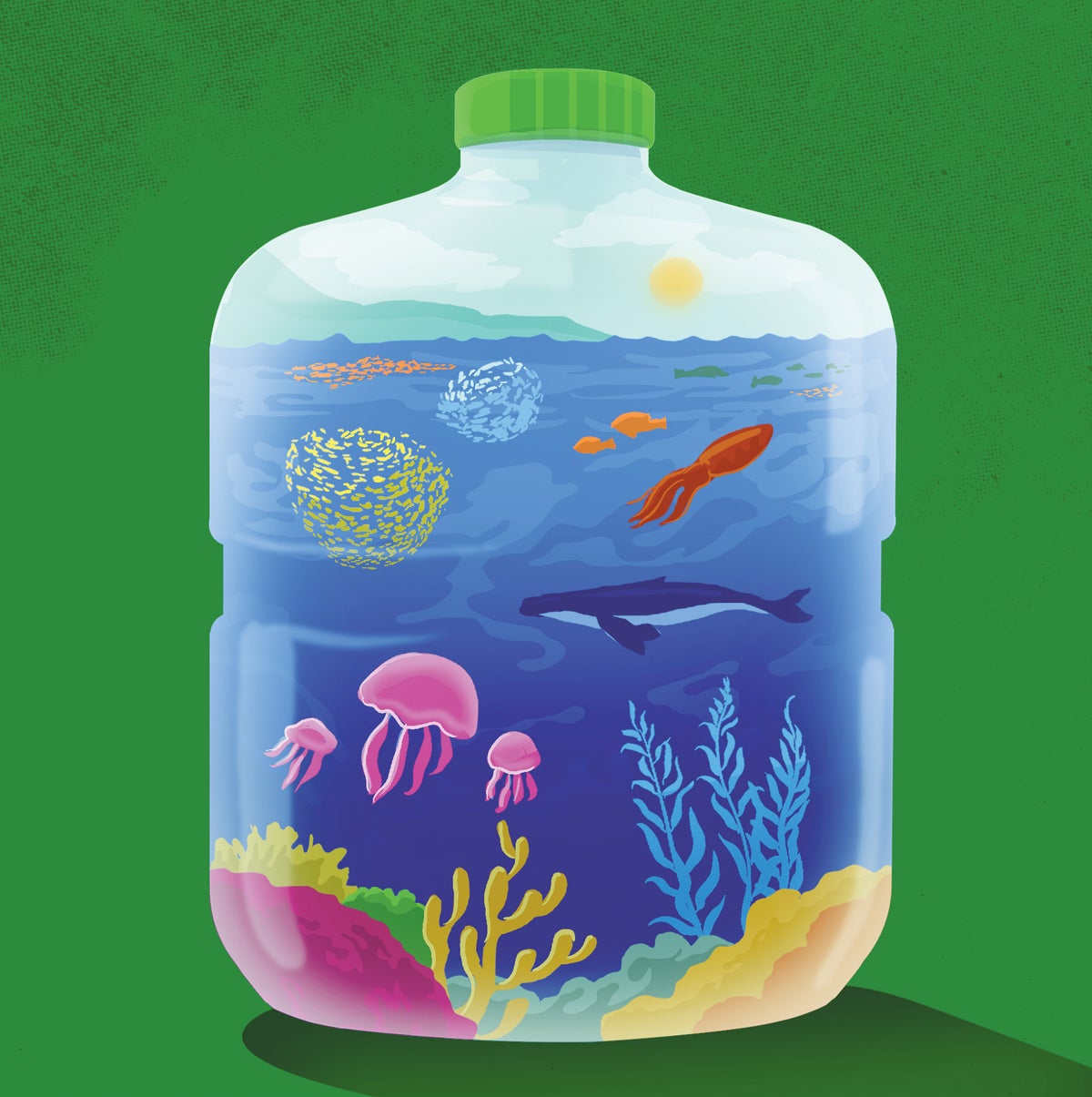
"In 1864, Scientific American announced a competition for an alternative to ivory, as the supply was dwindling, prompting innovation in materials for billiard balls."
"John Wesley Hyatt invented the first plastic, celluloid, for billiard balls, patenting it in 1869 and starting a company that revolutionized the industry."
"Hyatt's invention relieved pressure on natural resources and addressed sustainability by substituting materials like ivory, marking a significant step for endangered species' survival."
"Celluloid billiard balls emerged as a foundational product of the plastics industry, recognized in 2023 for their role in material substitution and conservation."
In 1864, Scientific American published a competition for an ivory substitute due to dwindling elephant tusk availability. John Wesley Hyatt, a printer from Albany, invented celluloid, an innovative material combining cellulose nitrate, camphor, and cow bone for billiard balls. Instead of accepting a $10,000 reward, he patented the invention in 1869 and founded a company to produce the balls. This marked the plastics industry's inception and offered a sustainable alternative to ivory, addressing the need for conservation of endangered species, as articulated in a 2023 study by conservation scientist Artur Neves.
Read at www.scientificamerican.com
Unable to calculate read time
Collection
[
|
...
]